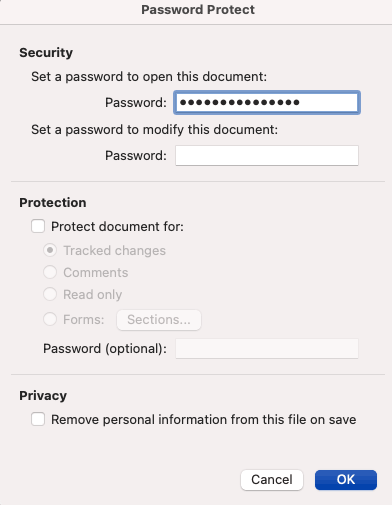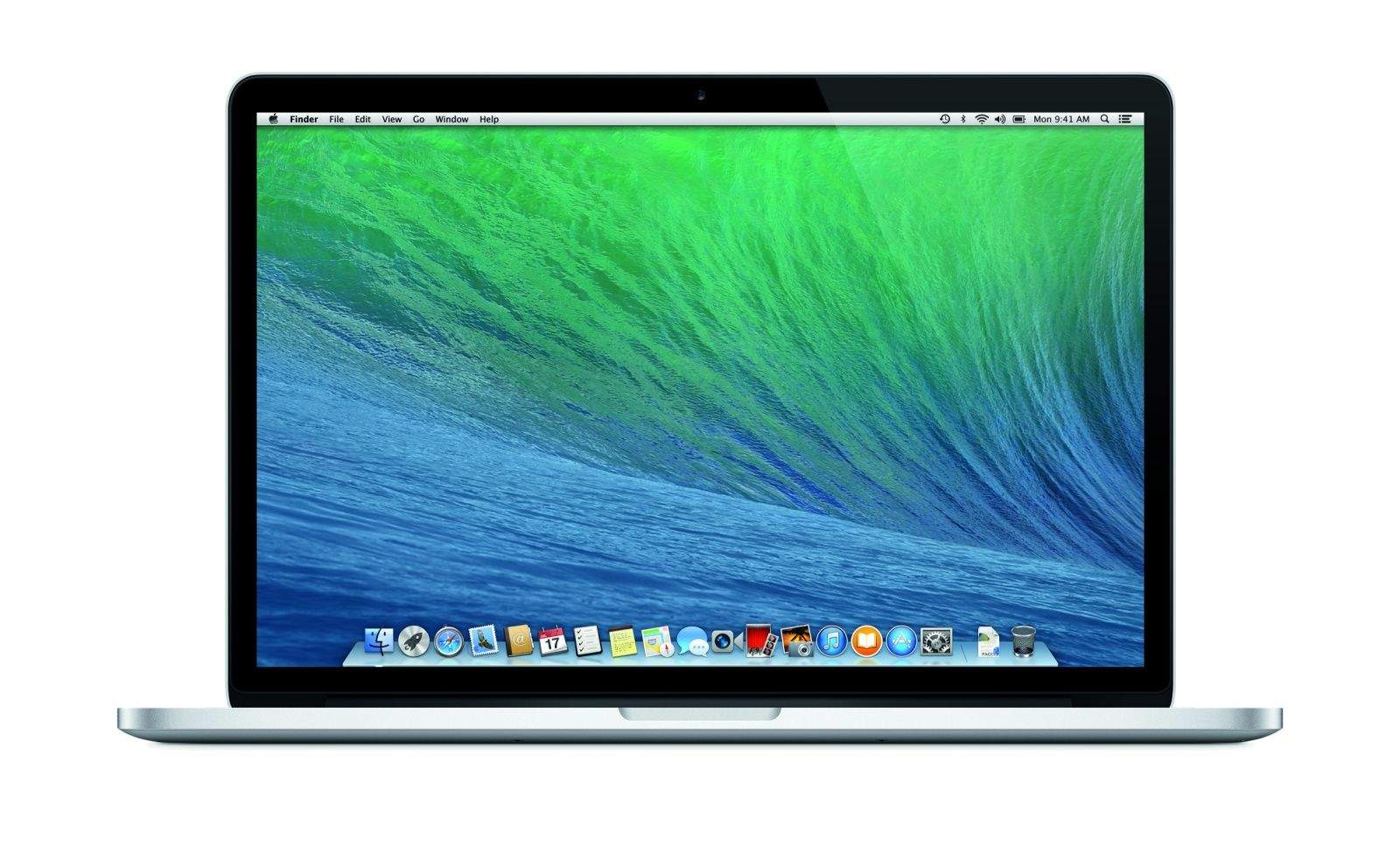

- #CENTER FOR INTERNET SECURITY BENCHMARKS FOR MAC OS X HOW TO#
- #CENTER FOR INTERNET SECURITY BENCHMARKS FOR MAC OS X PRO#
- #CENTER FOR INTERNET SECURITY BENCHMARKS FOR MAC OS X SERIES#
The TIC 3.0: Volume 3 Security Capabilities Handbook provides various security controls, applications and best practice for risk management in federal information systems. The TIC initiative is a collaborative effort between the Office of Management and Budget (OMB), the Department of Homeland Security (DHS) Cybersecurity and Infrastructure Security Agency (CISA), and the General Services Administration (GSA).
#CENTER FOR INTERNET SECURITY BENCHMARKS FOR MAC OS X SERIES#
This blog series is coauthored by TJ Banasik, CISSP-ISSEP, ISSAP, ISSMP, Sr. Additional blogs in the series will include leveraging policy, investigating insider attacks and monitoring supply chain risk management.
#CENTER FOR INTERNET SECURITY BENCHMARKS FOR MAC OS X HOW TO#
In this blog we will explore how to leverage Azure Security Center for hybrid security management and threat protection in Zero Trust Architectures.
#CENTER FOR INTERNET SECURITY BENCHMARKS FOR MAC OS X PRO#
The MacBook Pro with M1 falls in the middle of the XPS 13 options, with its display resolution of 2,560 x 1,600.This is the second in a six-part blog series where we will demonstrate the application of Zero Trust concepts for securing federal information systems with Microsoft Azure.

The new XPS 13 can also be configured with an FHD+ (1,920 x 1,200) display, available as a touch or non-touch screen. The OLED XPS 13 features resolution of 3.5K (3,456 x 2,160), while there’s also an even higher-res model with UHD+ resolution (3,840 x 2,400) on the included LCD touch screen. In terms of resolution, the XPS 13 has several choices to offer. Both displays offer high brightness of 500 nits. The notebooks’ displays are similar on size but not identical, with the MacBook Pro display measuring 13.3 inches and the XPS 13 just a bit larger at 13.4 inches. However, Apple compensates to a large degree by offering the MacBook Pro with the company’s much-loved Retina display technology. Like all Apple notebooks to date, the MacBook Pro with M1 does not offer a touch screen and only offers LCD display technology. The two biggest distinctions are that only the XPS 13 offers an option for an OLED display and for a touch screen. Other than looking at the M1 vs Intel processor comparison, potential buyers will want to take note of the differences on display options with the MacBook Pro and XPS 13. Which of the laptops is the best fit for you? What follows is our comparison of Apple’s new MacBook Pro (M1) vs Dell’s XPS 13 on price and specs. Other updates on the new MacBook Pro and XPS 13 include enhancements to battery life and collaboration features. Meanwhile, Dell’s XPS also features some major upgrades including a vibrant and colorful OLED display option and 11th-generation Intel Core processors (which are no slouch on speed, either). While only the 13-inch MacBook Pro is available with the M1 for now, the chip still offers big performance gains over Intel processors, according to recent benchmarks.

Both notebooks are generally excellent with every new update, but the latest MacBook Pro has a secret weapon: the addition of Apple’s high-performance M1 processor. In the competition for 2021’s best laptop, Apple’s MacBook Pro with M1 vs Dell’s new XPS 13 is one of the key matchups.


 0 kommentar(er)
0 kommentar(er)
